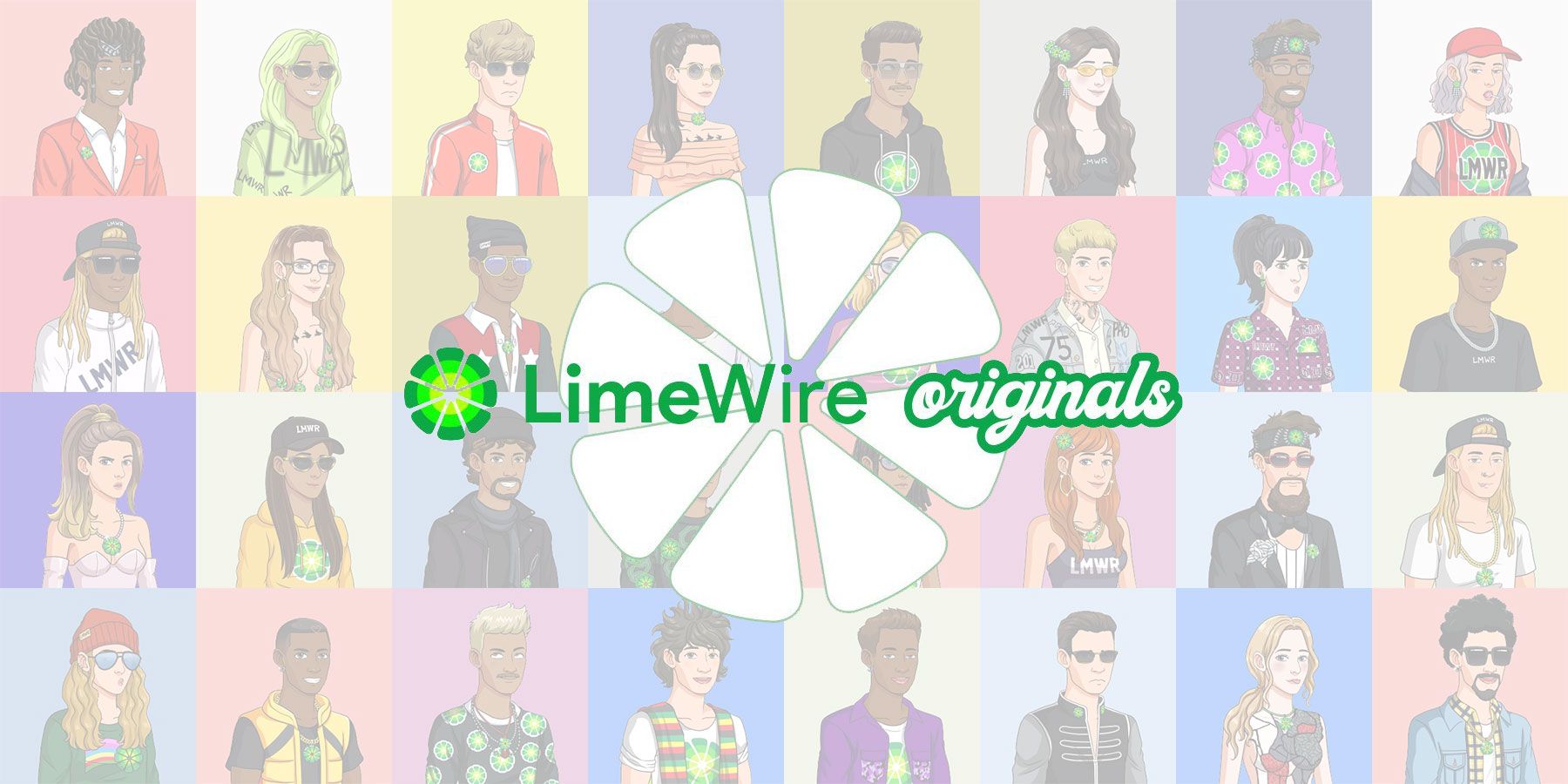The Internet today is very different from the beginning of the 21st century. Back then, instead of subscribing to streaming services for music and movies, people often used peer-to-peer file sharing services to get the hang of it. And when it comes to services used to share music in the early 2000s, nothing came close to LimeWire’s reputation. The name LimeWire may seem like a relic today, but to the surprise of many, it actually makes a comeback.
For those unfamiliar or too young to experience the hype back then, LimeWire was a free computer software released in 2000 that served as a peer-to-peer file sharing client. By using LimeWire, most people would download and upload songs, videos and photos, often illegally. This trend eventually led to the demise of LimeWire in 2010 after a lengthy legal battle with the Record Industry Association of America over allegations of copyright infringement. This time, LimeWire will not repeat its mistakes, as it has just been relaunched as an NFT marketplace.
LimeWire announced that it has officially opened for business, allowing people to buy and sell NFTs from various artists on the platform. In line with the brand’s deep connection to music, LimeWire decided to focus on music-related NFTs, at least initially, with artists such as Travis Barker, Brandy, Nicky Jam, Soulja Boy and many more already contributing publish their own NFT collections on LimeWire’s marketplace.
However, not all NFTs sold on LimeWire come in the form of music. Sometimes NFTs on LimeWire can even represent an actual, physical object. An example is Travis Barkers NFT, which is said to be a 3D model of Travis’ personal drum kit, as well as the drum kit itself. LimeWire also has its own NFT collection called “LimeWire Originals” which contains 10,000 generative avatars, not unlike the Bored Ape Yacht Club and many other popular NFT projects.
LimeWire’s return as an NFT marketplace comes at a time when the broader crypto and NFT market is experiencing a continuous decline. The reputable brand is obviously one of the strengths in attracting people. But instead of wanting to be remembered forever in notoriety, LimeWire now wants to capture the audience’s increasing attention to the nascent NFT space. While NFTs can be highly disliked in the gaming industry, they are often seen as a boon in the broader entertainment industry.


























